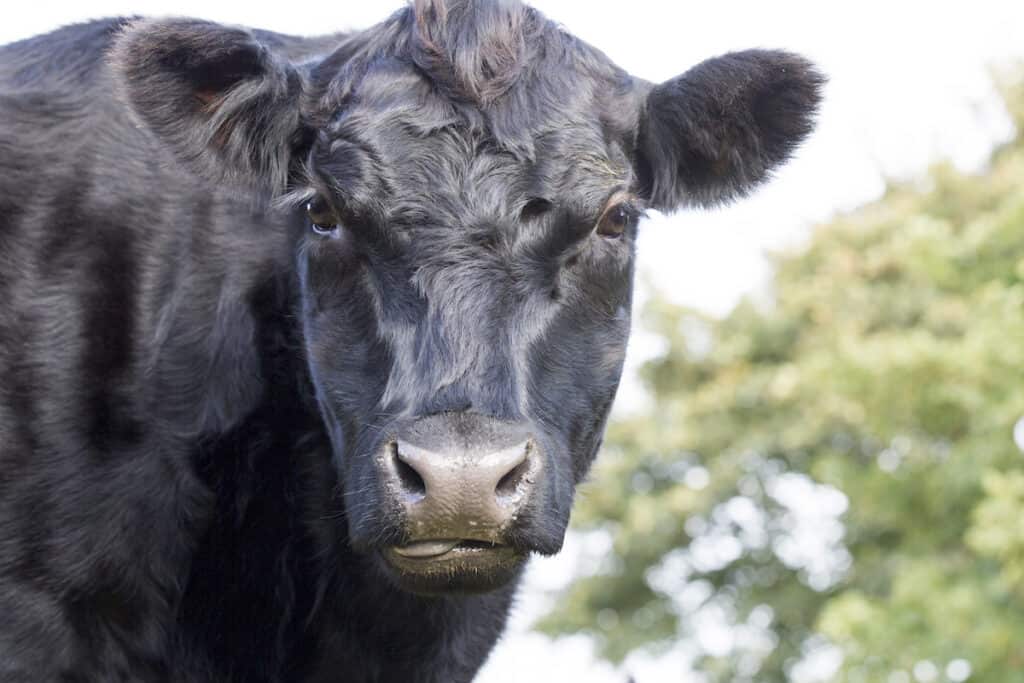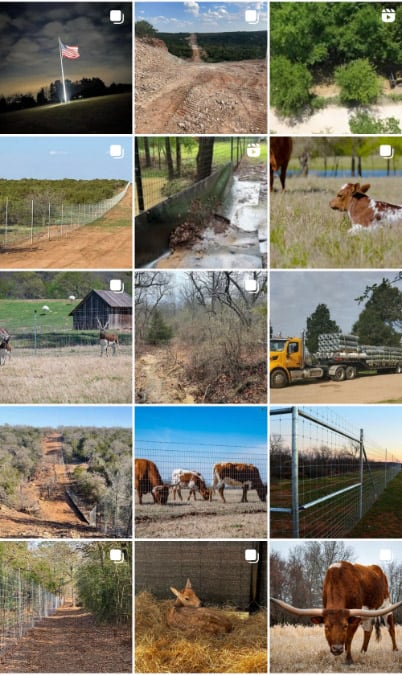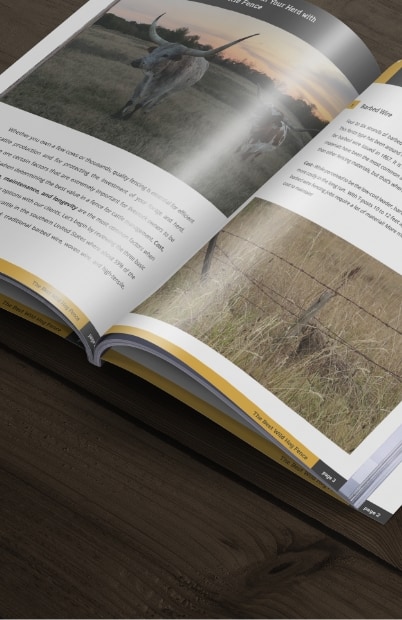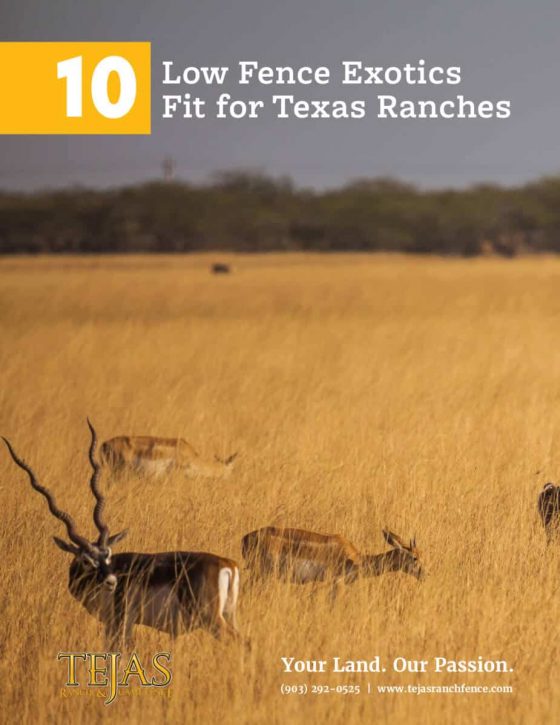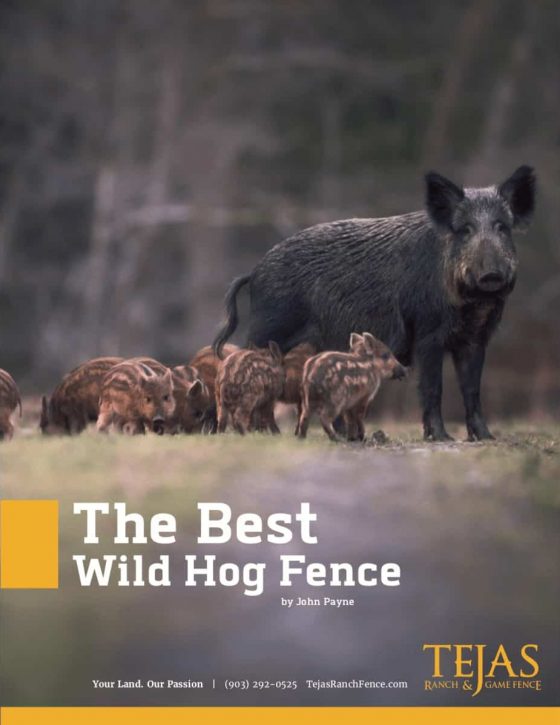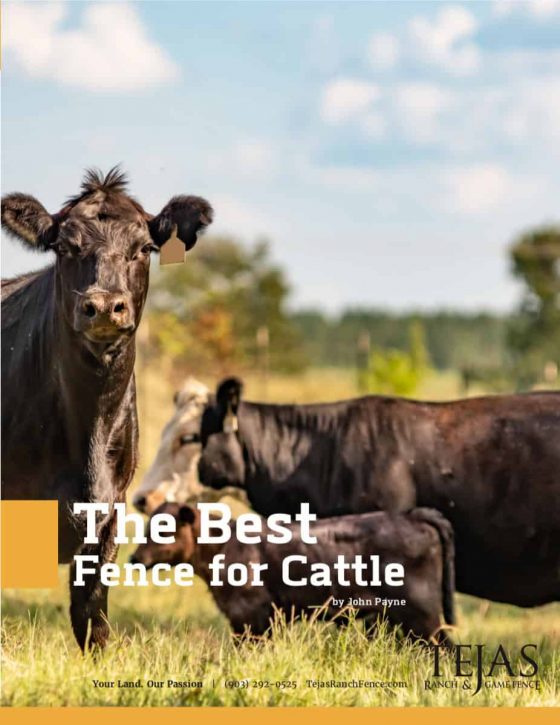Angus cattle, originating from the counties of Aberdeenshire and Angus in Scotland, are a globally recognized breed in the beef cattle industry, with a significant presence in Texas. Angus cattle were developed in the early 1800s. They were created by crossing native Scottish cattle with English breeds.
Angus cattle were brought to the United States in the 1870s. Their reputation for producing high-quality, well-marbled, tender beef has made them a top choice for ranchers and consumers. Their adaptability to diverse climates and docile temperament further enhances their appeal for beef cattle production.
Average Height, Weight, and Unique Physical Characteristics
Angus cattle vary in size by gender. Mature bulls typically weigh between 1,800 and 2,300 pounds and stand 4.5 to 5 feet tall at the shoulder. Cows are smaller, weighing 1,200 to 1,500 pounds and standing 4 to 4.5 feet tall. Several physical traits distinguish Angus cattle:
- Polled Nature: Angus cattle are naturally hornless, reducing handling risks and injuries.
- Muscular Build: Their compact, muscular frame supports a high meat yield, a key factor in their popularity.
- Short Hair Coat: A smooth, short coat aids adaptation to varying climates, from Texas summers to colder winters.
- Early Maturity and Efficiency: Angus mature quickly and convert feed efficiently, boosting productivity. Cows also exhibit high fertility and ease of calving, minimizing complications.
Common Colors for Angus Cattle
Angus cattle are predominantly black, a trait tied to their genetic lineage and a hallmark of the Angus breed. However, a red variant, known as Red Angus, exists and is genetically similar, though less common. The beef industry accepts both colors, and black Angus cattle are more common.
Angus Beef Production in Texas: Data and Economics
Texas is a leader in U.S. beef production. It offers a great environment for Angus cattle.
The state has large rangelands and a variety of climates. The breed thrives in the state’s hot summers and variable weather, making it a staple of Texas ranching. The Texas Angus Association, affiliated with the American Angus Association, supports ranchers by promoting the Angus breed and offering resources.
Data highlights Angus’ dominance:
- Texas houses over 4 million beef cows, with Angus and Angus-influenced cattle comprising a substantial share.
- In 2020, Texas produced more than 5 billion pounds of beef. A large part of this came from Angus cattle. This is because people widely recognize Angus cattle for their high-quality meat.
Economically, Angus beef production bolsters Texas’ economy:
- The beef industry, including cattle sales, feed production, and related sectors, contributes billions annually.
- Angus helps improve calf quality by crossbreeding with breeds like Hereford or Brahman. This increases their market value through hybrid vigor.
This economic impact underscores Angus’ importance to Texas agriculture.
Process of Raising Angus Cattle for Beef Production
Raising Angus cattle for beef is a process that usually takes 18 to 24 months. This time helps ensure high-quality meat. Here’s an outline of the key stages:
-
- Breeding Angus – Ranchers select bulls and cows with traits like growth rate, meat quality, and temperament. Advances in genetics allow targeting specific attributes, such as increased marbling, improving beef quality, and production efficiency.
- Calving – Calving typically occurs in the spring, aligning with the abundance of pasture. Newborn calves weigh 70 to 90 pounds and nurse for 6 to 8 months, gaining essential nutrients from their mothers’ milk for early growth.
- Weaning – At 6 to 8 months, calves are separated from their mothers and transitioned to grass or feed. This marks the start of independent growth, a critical phase for their development.
- Growing – After weaning, ranchers raise Angus cattle in the growing stage, typically on pasture or in feedlots. Pasture systems rely on grazing, whereas feedlots utilize a combination of grains and forages. This stage, lasting several months, focuses on steady weight gain.
- Finishing – The last 3 to 6 months include a high-energy diet. This diet is often corn-based. It helps add marbling, which is intramuscular fat. Marbling improves flavor and tenderness. Cattle are then slaughtered at 18 to 24 months, depending on target weight and market conditions.
Throughout, ranchers manage nutrition, health, and environmental factors to optimize cattle welfare and ensure high-quality beef. Innovations in genetics and management practices continue to refine this process.
Consumer Appeal and Conclusion
Angus beef stands out for its rich, buttery flavor and tenderness, driven by marbling from genetics and finishing. Marketed as a premium product, it commands higher prices in restaurants and stores, reflecting its consumer appeal.
In Texas, Angus cattle are more than a breed—they’re an economic and agricultural backbone. Their unique traits and ability to adapt enable them to remain a leader in providing high-quality beef. They meet demand and support economic growth.
Related Pages
5 Most Common Cattle Breeds in Texas
How Much Does Cattle Fence Cost?
